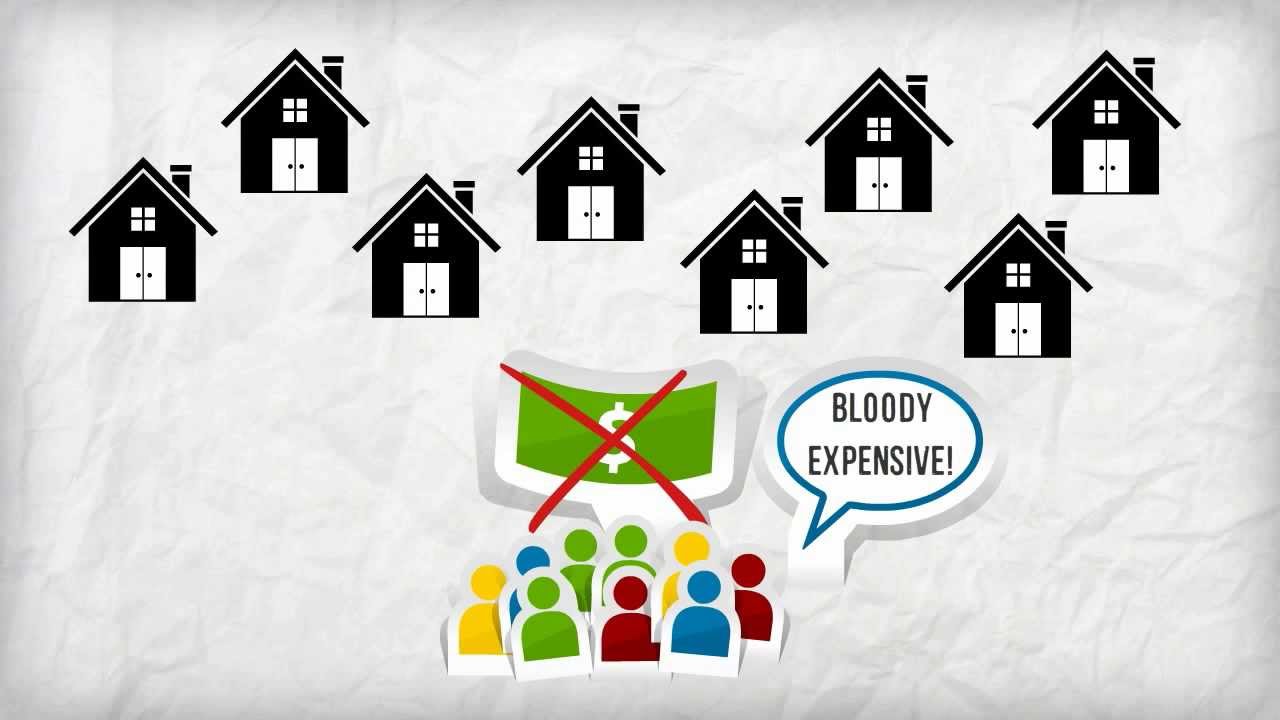By Stephen Levy.
The California Economic Summit hosted an important meeting of housing experts earlier this month, bringing together a diverse group of state lawmakers, affordable and market-rate homebuilders, environmentalists, regional planners, and equity advocates to begin the hard work of finding solutions big enough to address California’s housing crisis—and to expand the supply of housing for all incomes.
What struck me after the meeting is this: We really are all in this together. As we hear more and more heart-wrenching stories of millions of Californians struggling to pay the rent or driving several hours each day to get to their jobs, it’s clear that housing has become an issue of social justice and the environment.
It is also an economic competitiveness challenge—with companies and business groups citing housing shortages and costs as a barrier to creating jobs in California. By finding ways to bring costs down, billions of dollars that would otherwise be spent on escalating housing prices and rents could be going to other parts of the economy. An added economic bonus would be reemploying tens of thousands of skilled construction workers and helping to rebuild the middle class.
When I say we are in this together, though, that really means together. In its 2016 Roadmap to Shared Prosperity, the Summit has set an ambitious goal—The One Million Homes Challenge—and pledged to support ideas that will produce at least one million homes over the next decade above what California is currently producing.
No single policy action—from state housing bonds to new tax credits to streamlined regulations—can produce this amount of housing. What will be required, instead, is an “all of the above” strategy, supported by the broadest possible coalition, with leadership at the highest levels of state and local government. I am happy to support public funding for subsidized housing—and to remove local policy barriers standing in the way of building below-market homes. But for the broader market to benefit—and for home prices to come down for the rest of us—we also need to speak up for policies that improve the climate for market-rate housing.
For decades, housing advocates have been working in distinct siloes—with different groups promoting ideas for a wide range of people in need, from the homeless and veterans to seniors and the mentally ill. The fact is, though, the housing market is, well, a market. It’s not completely connected (building 500,000 market-rate apartments may not directly impact the homeless or seniors), but in many ways the laws of supply and demand do have an impact on all types of housing.
It’s disheartening to see waves of gentrification and displacement in cities like San Francisco and Oakland, but reverse gentrification is possible—in the sense that building a lot of market-rate housing in a particular price range will lessen the tendency for less expensive units to be bid up. Think of what happens to the price of existing Super Bowl tickets on StubHub if all of a sudden 10,000 new tickets appear for sale.
This idea is at the heart of the Summit’s One Million Homes Challenge—and it’s one I think many of us can support.
One of the new and most compelling stories of our current housing crisis is that it isn’t just limited to people struggling in minimum wage jobs. This crisis has spread into the middle class—with millions of Californians affected by it.
This is a real threat to our prosperity, and the California Economic Summit is taking on a vital leadership role, helping a diverse group of housing stakeholders see what they have in common and nudging us all toward adopting language and data that can help us accomplish our goals. Some of this will require policy changes, including adjusting CEQA and developing new carrots and sticks for local governments to overcome NIMBY opposition to new construction. Some new ideas will also be required to bring down costs at the local level, through streamlined permitting and new ways of paying for infrastructure projects associated with housing.
We will also have to look at the lasting land use impacts of long-ago decisions, like Prop 13, which make it more advantageous for cities to build new retail (for its sales tax revenue) instead of new housing and which also has resulted in an increasing array of fees that increase the costs of every home.
This will be complicated and messy work. It will take some time, and some compromise. Building one million more homes will require new subsidies to support low-income Californians, as well as regulatory and land use changes to unlock more construction of all housing types.
But if we’re going to take on California’s housing crisis—and its expanding impacts on social justice, labor, the economy, and the environment—it’s work we have to do, together.
[divider] [/divider]
Originally posted at CA Economic Blog.
Stephen Levy is director and senior economist for the Center for Continuing Study of the California Economy





